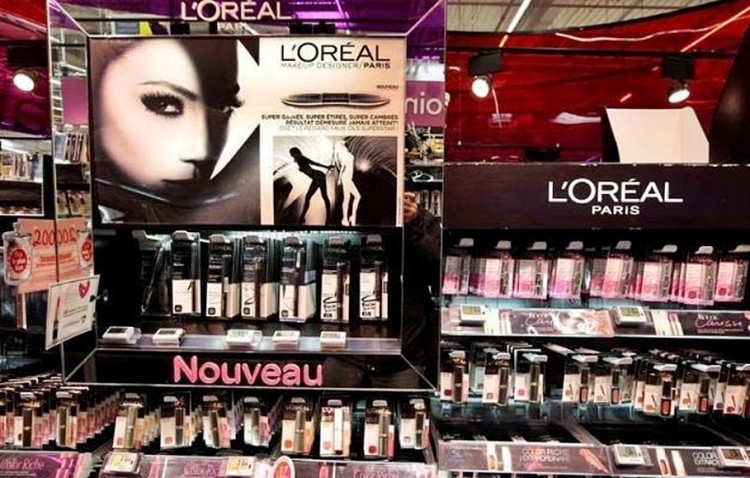Japanese beauty titans are finally giving e-commerce the attention it deserves.
Recent financial reports for the first half of 2023 from top Japanese cosmetics firms like Shiseido, Kose, and Kao have increasingly highlighted their e-commerce performance.
During China's 618 shopping festival, Shiseido's sales via the Douyin platform surged to nearly triple the previous year's figures. The company aims to reduce its reliance on aggressive promotional tactics, instead seeking more sustainable online strategies for profit growth. Shiseido has also been experimenting with digital marketing initiatives, including virtual digital ambassadors and AI-generated art.
Kose, in its report, acknowledged that while its 618 festival sales surpassed last year's figures, its overall e-commerce revenue dipped due to the diversification of e-commerce platforms. Nevertheless, Kose plans to launch on more Chinese e-commerce platforms and strengthen its online presence to counter the intensifying market competition.
Meanwhile, Kao recently introduced a discount section on its official e-commerce platform, "My Kao Mall," named "My Kao Mall OUTLET." This section offers discounted and overstocked cosmetics, some older samples, and near-expiry products. Kao's management in China also met with Tencent's leadership to discuss deepening their digital strategic partnership.
Historically, Japanese cosmetic companies didn't prioritize e-commerce as much. The retail landscape in Japan starkly contrasts with China's. While Japan has online platforms like Amazon and Rakuten, the bulk of its beauty product sales still occur at drugstores, CS stores, and beauty retail chains. Thus, Japanese companies were initially cautious about online marketing. But upon entering the digitized Chinese market, even the most traditional brands recognized the importance of online sales, prompting a shift in retail thinking.
In the first half of 2023, the Chinese market was frequently mentioned in financial reports by major Japanese beauty corporations, though each company's progress varied.
After a sluggish quarter, Shiseido's revenue from China, accounting for 26.4% of its total revenue, reclaimed its top spot, slightly outpacing its domestic market, which contributed 25.3%. These two markets were the only ones showing positive revenue growth for Shiseido during this period.
Kao and Kose are still recovering in the Chinese market, but both are poised for long-term growth. Kao's sales in the first half grew by a modest 0.6%, but its operating profit plummeted by 51.7%. Despite the receding risks from the pandemic, Kao expressed concerns over geopolitical risks in Europe, a slowdown in China's growth, and the ongoing inflation costs.
Of note, Kao's portfolio spans cosmetics, consumer goods, and chemicals, among other sectors. The cosmetics segment witnessed a 0.2% dip, largely due to a slowdown in China. Yet, brands like Freeplus and Curel showcased robust growth, with the former selling out after a brand makeover and the latter achieving a 30% year-on-year growth on Tmall during the 618 festival.
In the past, Kao invested significant efforts in marketing Freeplus and Curel in China. To enhance the competitiveness of its beauty brands, Kao's Senior Executive Director, Zenzo Maezawa, revealed plans to shift the production of these brands to China to better grasp local consumer trends.
Furthermore, building on its online presence, Kao's premium brand SENSAI is slated to open a brick-and-mortar flagship store in Shanghai by the end of 2023, marking its entry into China's luxury beauty market.
Kose also eyes opportunities in China's upscale beauty market. In the first half of 2023, Kose's revenue grew by 10.5% year-on-year, with operating profit up 44.5%, while net profit attributed to the parent company decreased by 2.1%. The revival of luxury cosmetics sales in Japan and the strong performance of the makeup brand Tarte offset the decline in the Korean travel retail market.
The Asian market, including China and South Korea, was the only region where Kose experienced a dip in revenue. Despite a bounce back in sales at brick-and-mortar stores in China, e-commerce revenue continued its descent. Still, with a 14% share of total revenue, China remains Kose's largest e-commerce market.
Kose anticipates that the Chinese market, with a projected 10% revenue growth, will lead the group's performance in 2023. Apart from enhancing its online competitiveness, Kose also plans to intensify promotions for its upscale AQ series under the Decorté brand and open new physical departmental and flagship stores to highlight its luxury offerings.
China's luxury beauty scene is set to be lively in the coming times.






